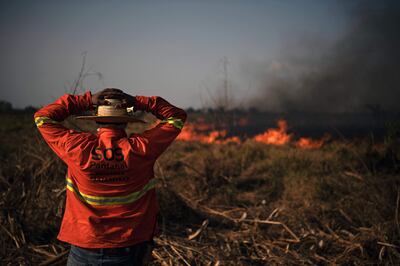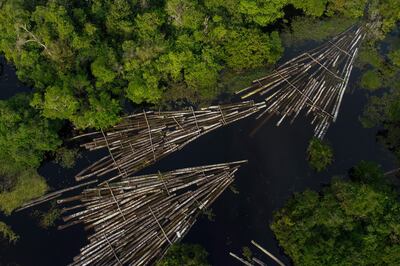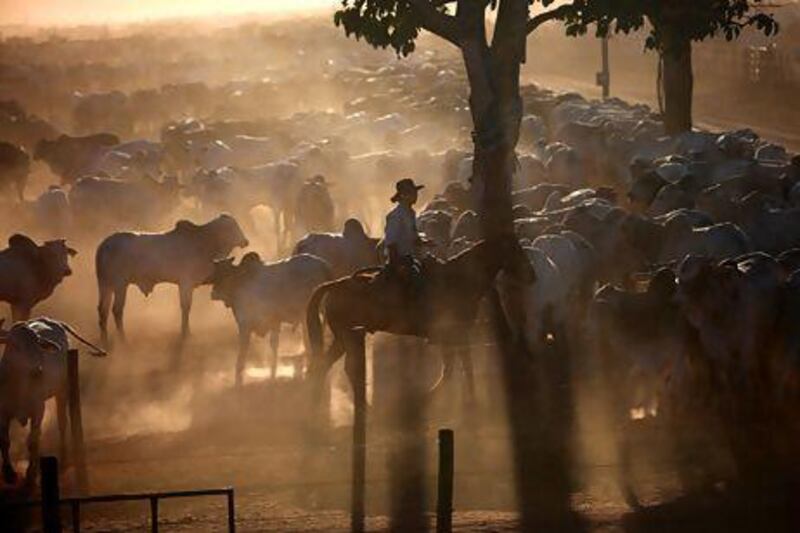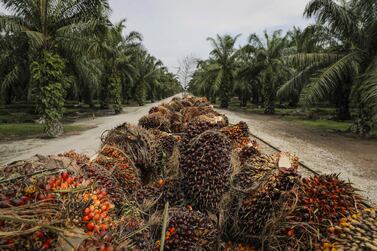Though humanity places a huge inherent value on nature, collectively, mankind has not always been very good at protecting it. Putting a price on nature could be one way to solve this problem, especially in the case of deforestation.
A recent report by S&P Global Ratings highlights that natural capital accounting measures could encourage more forest-friendly farming practices, which in turn could help in the global fight against climate change.
The rationale for this approach is that it enables nature to be included in the assessment of wealth. While gross domestic product is a key measure of short-term macro-economic activity, it is not a comprehensive indicator of the value of an economy’s assets.
For example, GDP may capture the economic output that is generated by deforesting nature and producing cattle, but it fails to account for the drawing down of natural assets required to generate this productivity. This is especially important if you consider that world economic output is 15 times higher than in the 1950s, yet the assets that support this output have been rapidly depleted.

The rationale for broadening the assessment of wealth to include all capital stocks, including produced (machinery and buildings), human (knowledge and skills) and natural (plants, animals, and non-living elements such as minerals) is that is provides a more holistic picture of prosperity. And for this very reason, ensuring the sustainable use of natural resources and preserving nature should be a mainstream concern for all policymakers and investors
As the environmental and societal impact of biodiversity loss becomes more apparent, it makes sense to apply a monetary value to this loss. This approach is very similar to carbon pricing, which seeks to internalise the impact of carbon dioxide emissions to encourage the better management of resources. To demonstrate natural capital accounting pricing measures in practice, beef produced in the Brazilian Amazon used as a case study in the report.
Brazil is the second largest producer of beef in the world behind the US. Between 1991 and 2005, it is estimated that around 80 per cent of deforestation in Brazil was linked to the expansion of pasture for beef production.
The Amazon contains around 40 per cent of the world’s remaining rainforest, yet deforestation hit a decade high between August 2020 and July 2021. This rate of deforestation is extremely worrying given the vital role that the rainforest plays in regulating the world’s climate.
According to the study, the hypothetical cost of nature loss for Amazonian sourced beef was $4 billion in 2020 alone, or 12 per cent of Brazilian beef processors’ revenues for the same year. In other words, for every $100 sale of beef-related products in Brazil there is potentially an additional unpriced cost of $12.
Current financial accounting standards do not recognise this as an expense; therefore, it is not being factored into the final cost of the product. Valuing the potential cost of nature loss when a hectare of the Amazon is deforested, and then using this valuation to more accurately assess the externalised cost of nature loss could be the first step in incentivising more forest-friendly farming practices.
More comprehensive supply chain monitoring by beef processors and more rigorous regulations could provide even further protection for Brazil’s rainforests.

The unfortunate reality is the hypothetical cost used in the Brazilian beef example is borne not by the sector, but instead by society through the loss of ecosystem services. This may also represent a conservative estimate considering the outsize role the Amazon plays in regulating the global climate, and its potential to trigger a cascade of climatic tipping points.
While ascribing value to a standing forest is not without its challenges, and the practice of natural capital accounting certainly has room for improvement, it serves to highlight some important points – the most pertinent of which is the cost required to replicate nature’s services in monetary terms.
Giving nature an economic value should help society to better understand the cost of deforestation. Equally, natural capital accounting principles could be applied to other industries that also depend heavily on nature – fisheries, for example.
This would serve to further reinforce how this accounting approach could be a useful tool in highlighting nature loss across multiple nature-dependent supply chains. Moreover, it will help investors to more accurately appraise their exposure to nature-related risks. Further enhancements to natural capital accounting, such as detailed assessments of deforestation rates and comprehensive ecosystem services evaluations would be a worthy next step.
This also enables companies to better understand how they could be exposed to environmental, social and governance issues along their value chain so that they can eliminate or minimise future exposure and remediate damage to the affected eco-system.






